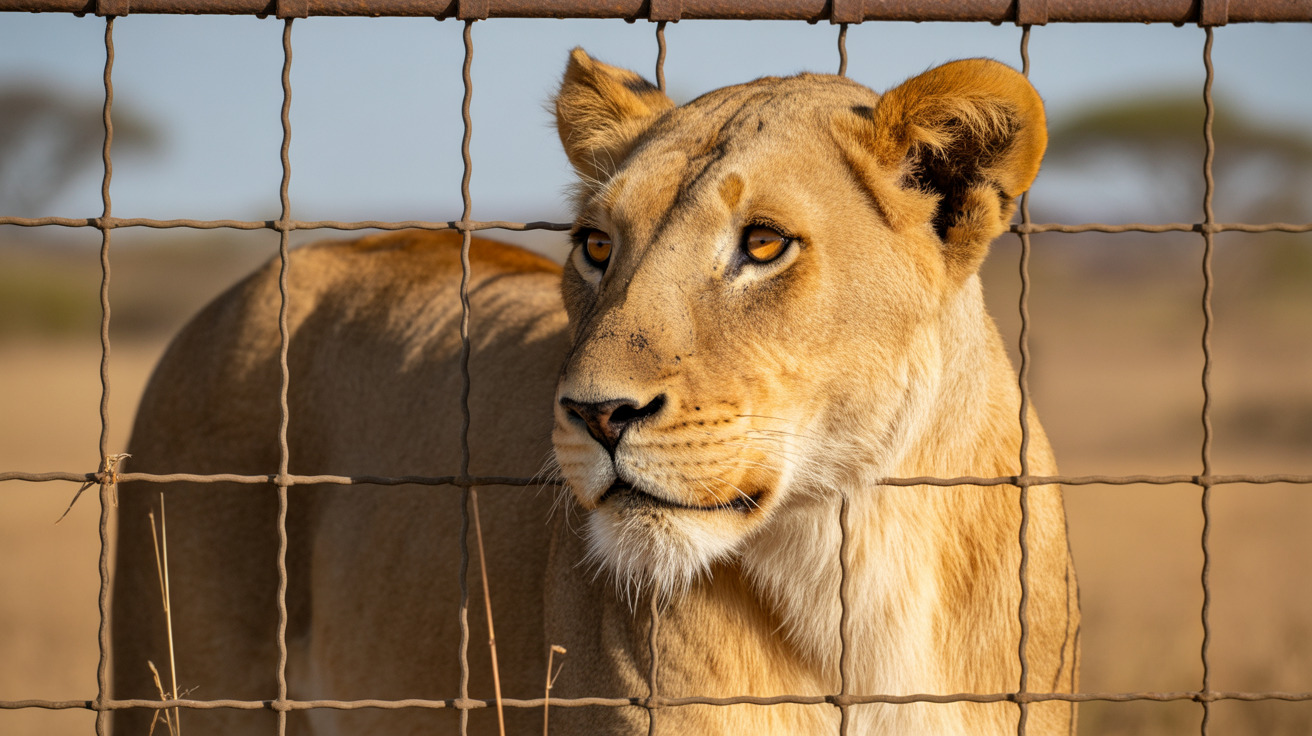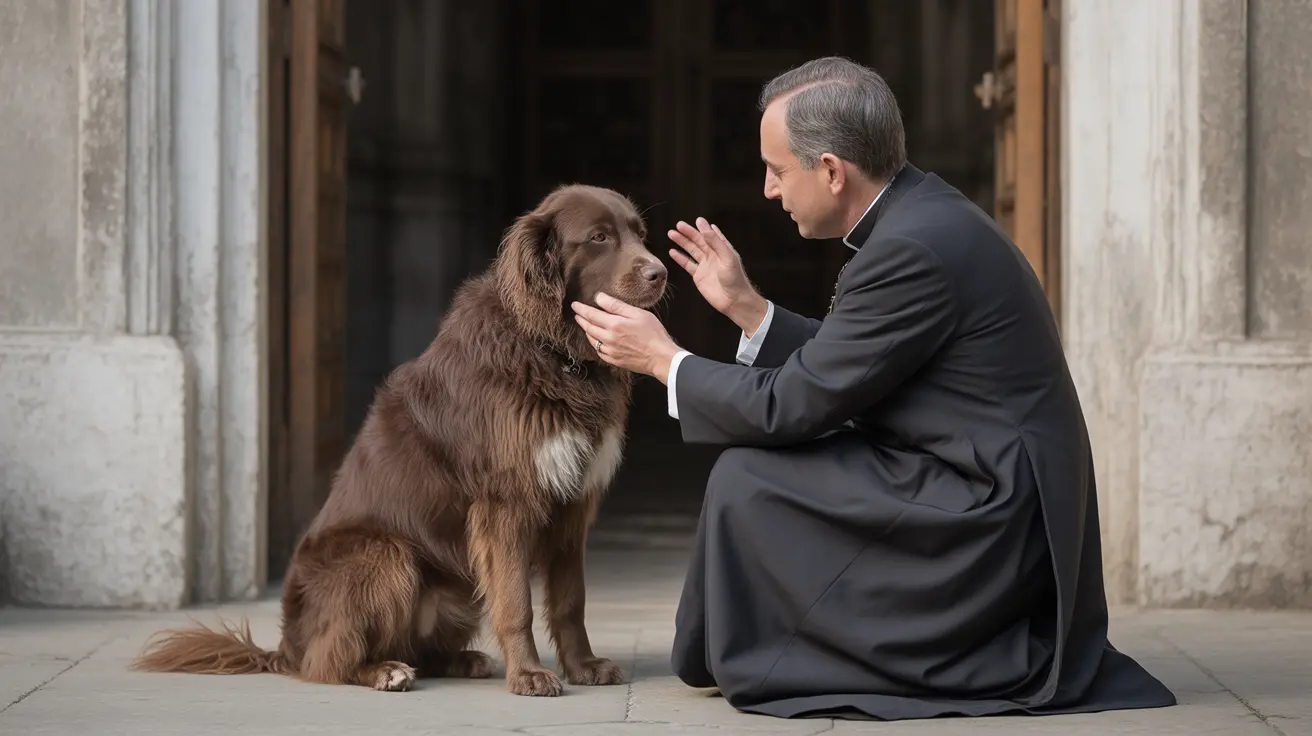Bloat in dogs is a severe and potentially fatal condition that requires immediate veterinary attention. Also known as gastric dilatation-volvulus (GDV), this emergency situation occurs when a dog's stomach fills with gas and potentially twists upon itself, creating a life-threatening scenario that can develop within hours.
For pet owners, understanding this condition could mean the difference between life and death for their canine companions. This comprehensive guide will explore the causes, symptoms, treatment options, and prevention strategies for bloat in dogs.
What Causes Bloat in Dogs?
While the exact cause of bloat isn't always clear, several risk factors have been identified by veterinary experts. Large meals consumed quickly, excessive water intake, exercise immediately after eating, and stress can all contribute to the development of bloat.
Certain physical and behavioral factors also increase the risk:
- Deep-chested dog breeds
- Advanced age
- Eating from raised food bowls
- Genetic predisposition
- Stress and anxiety levels
- Poor eating habits
Identifying the Warning Signs
Early detection is crucial for survival. The most common symptoms of bloat include:
- Distended or hard abdomen
- Unsuccessful attempts to vomit
- Excessive drooling
- Restlessness and pacing
- Rapid breathing or panting
- Weakness or collapse
High-Risk Breeds and Prevention
Some dog breeds are significantly more susceptible to bloat than others. Great Danes, for instance, have up to a 42% lifetime risk of developing this condition. Other high-risk breeds include:
- Saint Bernards
- Weimaraners
- German Shepherds
- Standard Poodles
- Doberman Pinschers
Emergency Treatment Protocol
When bloat occurs, immediate veterinary intervention is essential. Treatment typically involves:
- Stomach decompression
- Intravenous fluid therapy
- Emergency surgery if volvulus is present
- Post-operative monitoring
- Preventive gastropexy to prevent recurrence
Prevention Strategies
While not all cases of bloat can be prevented, several measures can help reduce the risk:
- Feed multiple small meals throughout the day
- Use slow-feeder bowls
- Avoid exercise for an hour before and after meals
- Maintain a healthy weight
- Consider preventive surgery for high-risk breeds
- Manage stress levels effectively
Frequently Asked Questions
What are the early signs of bloat in dogs and how can I recognize them quickly?
The earliest signs include a visibly swollen abdomen, unsuccessful attempts to vomit, excessive drooling, and restlessness. Dogs may also show signs of discomfort, such as pacing or adopting a "prayer position" with their front end down and rear elevated.
Which dog breeds are most at risk for developing bloat and why?
Large and giant breeds with deep chests are most at risk, particularly Great Danes, Saint Bernards, and Weimaraners. Their chest anatomy creates more space for the stomach to twist, increasing their vulnerability to bloat.
How should I respond if I suspect my dog is experiencing bloat or GDV?
Immediately take your dog to the nearest emergency veterinary clinic. Do not attempt home remedies or wait to see if symptoms improve, as delays significantly reduce survival chances.
What preventive measures can I take to reduce my dog's risk of bloat?
Feed multiple small meals daily, use slow-feeder bowls, avoid exercise around mealtimes, and consider preventive gastropexy surgery for high-risk breeds. Also, maintain a healthy weight and manage your dog's stress levels.
Can bloat in dogs be treated successfully, and what does the treatment involve?
Yes, bloat can be treated successfully when caught early. Treatment typically involves emergency surgery to decompress the stomach and untwist it if necessary, followed by gastropexy to prevent recurrence. Success rates are highest when treatment begins within the first hour of symptoms.
Conclusion
Bloat in dogs is a serious condition that requires immediate attention and can be fatal if left untreated. Understanding the risk factors, recognizing the symptoms, and knowing how to respond can save your dog's life. If you have a high-risk breed, discuss preventive measures with your veterinarian and always have an emergency plan in place.






